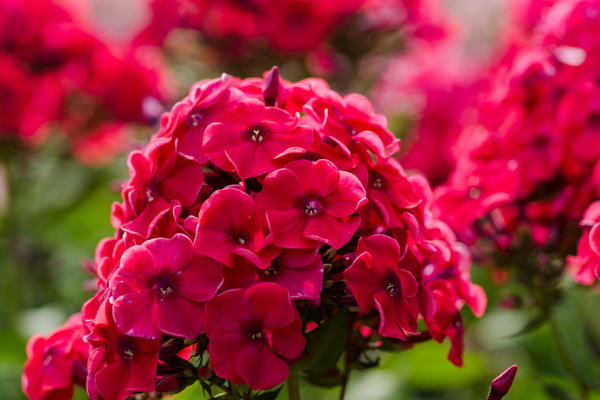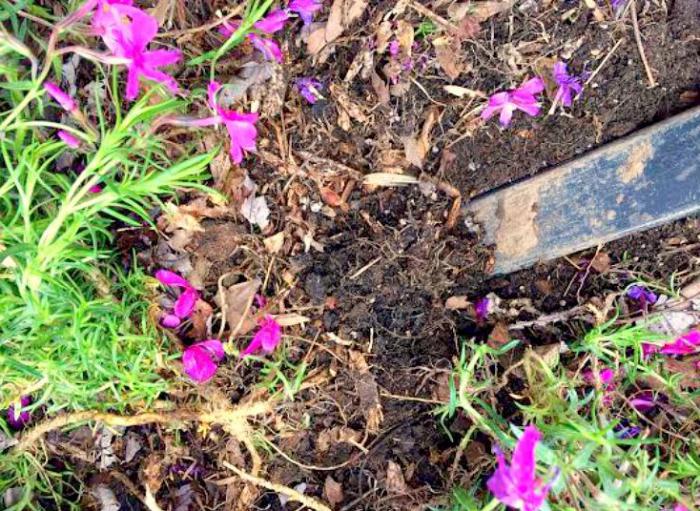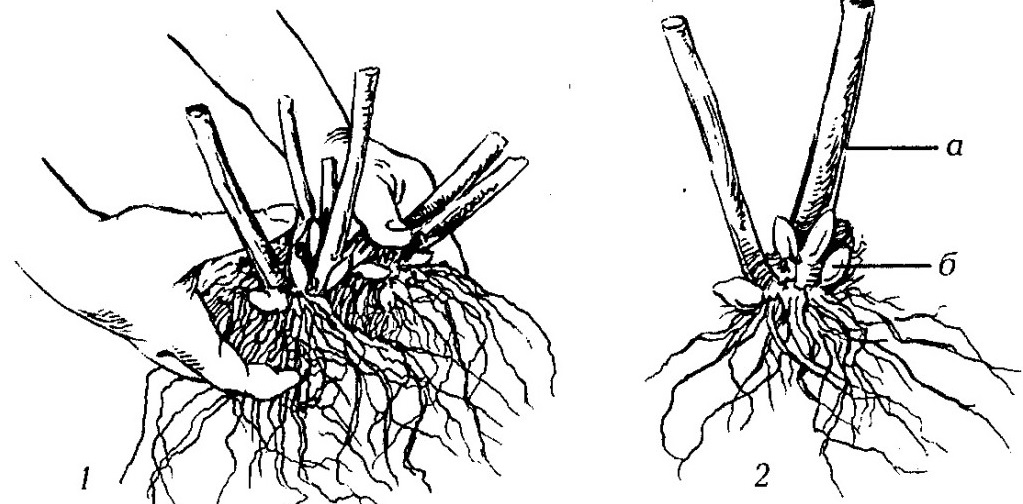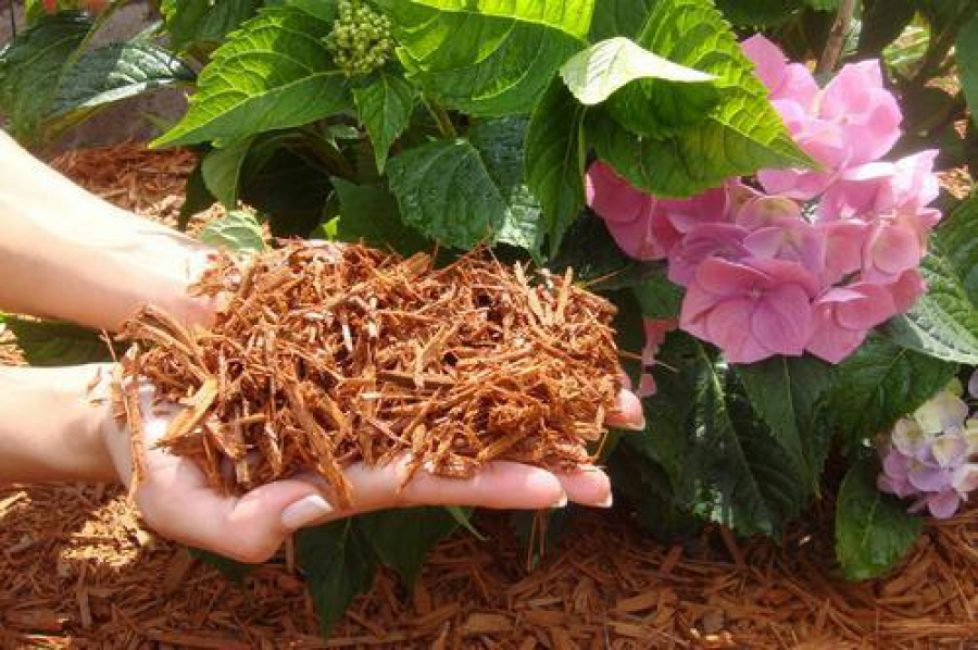Content:
Phloxes around the house create a special atmosphere - comfort, harmony, optimism. Flowers, densely hung with inflorescences, look beautiful up close and from afar. Phloxes are loved by flower growers and gardeners for their colorfulness and unpretentiousness, but even these undemanding flowers need proper care. If the flower is not transplanted to a new place, it gradually degenerates. Knowing when to transplant phlox and applying this knowledge in practice, you can save the variety as it is - highly decorative, with large beautiful flowers.
The flower does not need to be replanted every year, it is recommended to plant it in a new place every 5-6 years.
It is important to know when phloxes tolerate transplanting better in order to minimize injury to the plant. The best time to transplant this flower, like most plants, is autumn. At this time, growth and flowering cease - the plant begins to actively prepare for winter. Spring and summer are considered less successful when you can transplant phloxes to another place. And not at all because of the survival rate of the flower (if the transplant is done correctly, the plant will not be harmed), but because of the flowering. Phlox planted in a new place need time and effort to take root.
Place for phlox
In the wild, phloxes grow on organic-rich and well-hydrated soils: forest edge, floodplain meadow. Varietal plants do not differ in selectivity to soil. For them, in the garden or flower garden, places with fertile loose soil are prepared, mixing peat and sand into it. To reduce the time for watering, and phloxes need to be watered often, places with close groundwater are chosen for flower beds. Phlox is also planted in a shaded place.
Autumn transplant
The period when phloxes can be transplanted lasts from the last decade of August to the first days of September. This period allows the transplanted phlox to be given time to adapt before frost.
Preliminary preparation
A new place for a flower begins to be prepared 2 weeks before planting. They dig up the soil, remove weeds and other debris, and apply top dressing. In autumn they feed:
- compost;
- a mixture of humus and wood ash;
- mineral fertilizers with a high content of potassium and phosphorus.
Landing
When transplanting phlox, the following stages can be distinguished:
- Wells.
They are placed at a distance of about 50 cm from each other (for bushes of tall varieties, the distance is increased to 60 cm) so that there is enough space for growing bushes. The depth of the planting cut is up to 30 cm (25 cm is set aside for a spacious arrangement of the roots, and 5 cm is added to reduce the risk of freezing of the root system during the winter cold).
- Bush preparation.
The plant is carefully dug out so as not to damage the root.The largest bushes are divided, taken one by one, if they want to propagate the plant during transplantation, and the shoots are cut off on them, leaving only a part of the stem with several leaves.
Roots longer than 20 cm are shortened.
- Disembarkation.
Before planting phloxes, 1-2 liters of water are poured into the planting recess. Then the bush is placed in the center of the hole so that the neck is covered with earth at a distance of 5 cm from the surface. Sprinkle the plant, compact the earth so that there are no voids. The root system is watered abundantly, soil is poured under the bush and mulched.
Transplanting phlox in spring
During the spring transplant, there is a high probability of harming the dug out plant. After winter, it begins to develop even before the snow melts; by the time of transplantation, it contains tender young shoots of the root system, which are easily injured. Nevertheless, spring is the most popular time for transplanting among residents of central Russia. As many years of experience show, the most suitable time for the spring transplantation of phlox is the end of April-beginning of May.
The technology of spring transplanting flowers does not differ from the autumn one. Unless only by the fact that the soil at the planting site can be fertilized with nitrogen-containing fertilizers - they stimulate growth.
Summer transfer
The end of spring and summer is the time of flowering and it is especially important for flower growers to know how to transplant phlox in the summer without harming the plant, and not interfering with the development of inflorescences. The reason to interfere with the development of a plant during budding and flowering can be different, but always valid:
- the need to rejuvenate a perennial flower, so that the bush after transplantation becomes more luxurious, and the flowers are larger;
- depletion of the soil when regular feeding fails to compensate for the deficiency of nutrients;
- reproduction in the soil of pathogens and insects parasitizing on the flower;
- the threat of flower infections that can cause the death of the plant;
- banal redevelopment of the territory. It may be associated with a change in the location of the flower garden due to construction, the transfer of the recreation area to a new location.
Phlox can be transplanted in any summer month, be it August, July or early summer. To perform work, it is advisable to choose a cloudy day, morning or evening, when there is no hot sun.
Caring for planted flowers
If you follow the recommendations of gardeners and adhere to the norms of agricultural technology, flowers will only delight. For a new phlox bush to take root easily, you need:
- timely remove weeds from the site and near the bush;
- the plant is sensitive to lack of moisture. It needs to be watered regularly, but the soil should not be waterlogged. With frequent rains, reduce the amount of watering, in dry times - increase.
- loosen the soil to prevent crust formation;
- mulch the soil, use straw manure, humus, peat mixed in equal parts for this;
- regularly make top dressing, preferably easily digestible liquid;
- cut off dried shoots and flowers immediately, unlike lily flowers (a dried lily is not removed from the bush immediately, but only when seed bolls appear).
Tips from experienced florists
Novice growers make mistakes when planting phlox:
- late in the spring, they remove the shelter made for protection from the winter cold. Phloxes "wake up" after winter, when there is still snow, and because of the shelter, the development of the plant slows down. Even under the shelter, a microclimate that is not useful for a flower is created with high humidity;
- planting bushes too close to each other. Because of this, the plants are poorly ventilated, which contributes to the development of pathogens. Plants still planted close to them experience a lack of nutrients;
- non-compliance with the spring transplantation dates. Because of this, the plants do not have enough time to adapt and they do not bloom this year.
Phloxes are beautiful and unpretentious perennials. But this does not mean that they do not need to be looked after. They need to be watered, fed, planted regularly. Phloxes are transplanted every 4-6 years in any of the seasons.

















